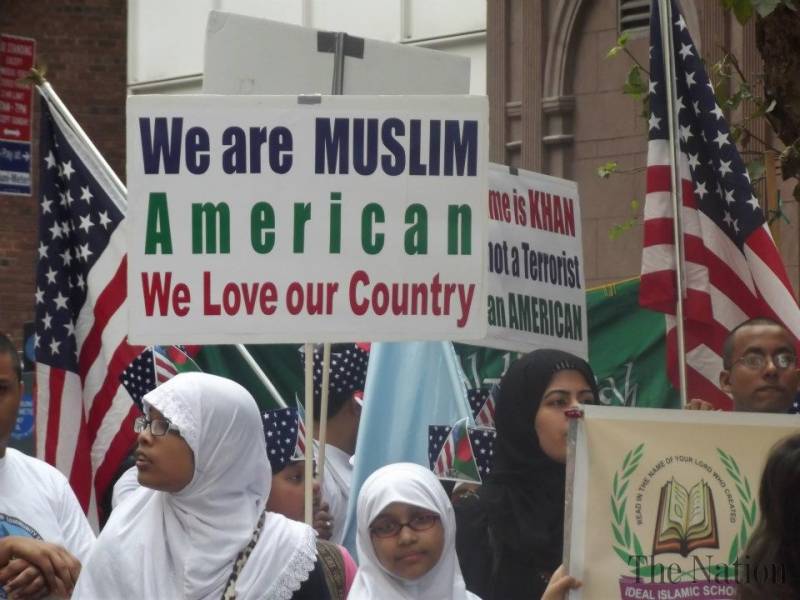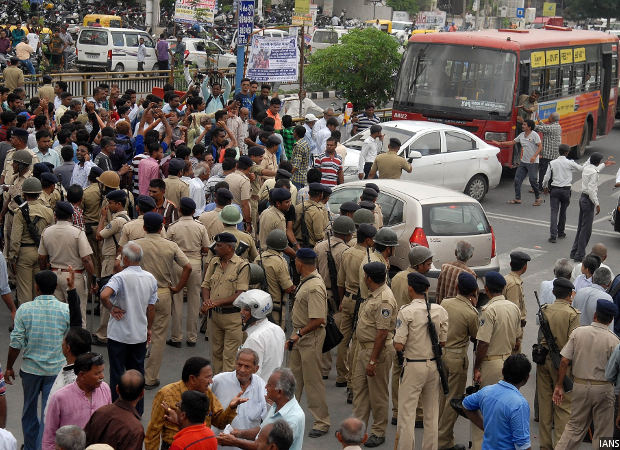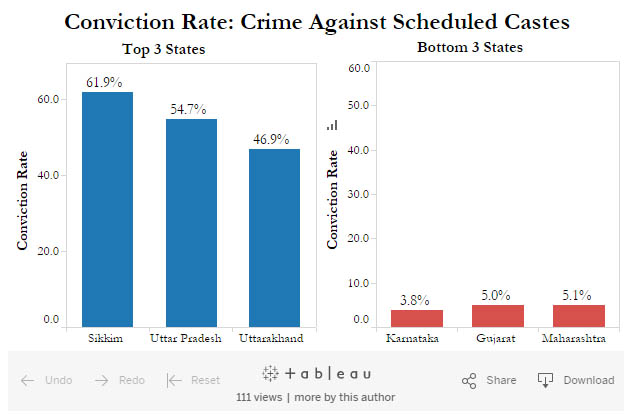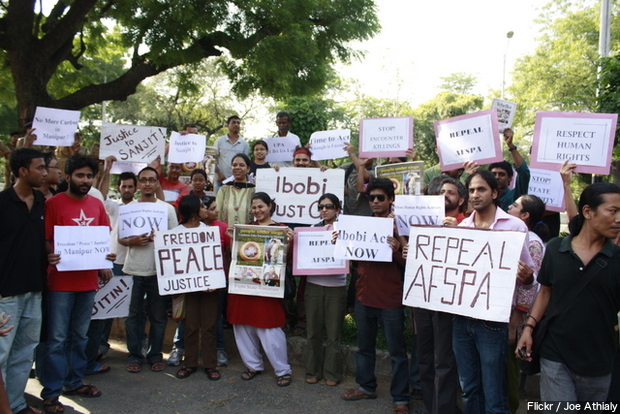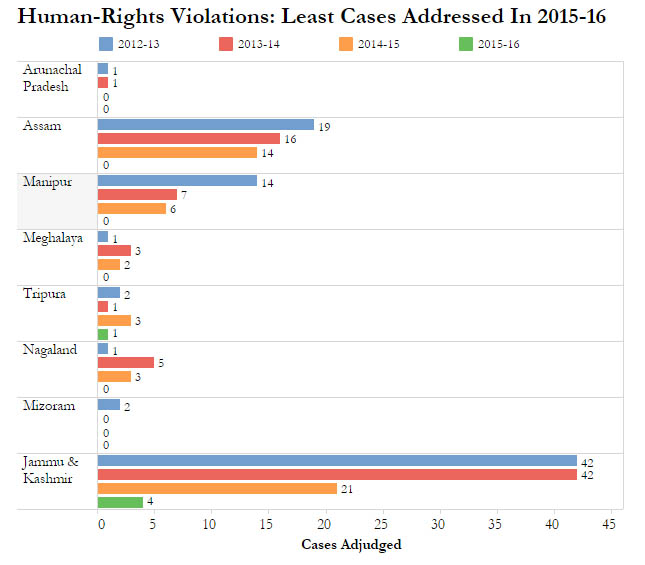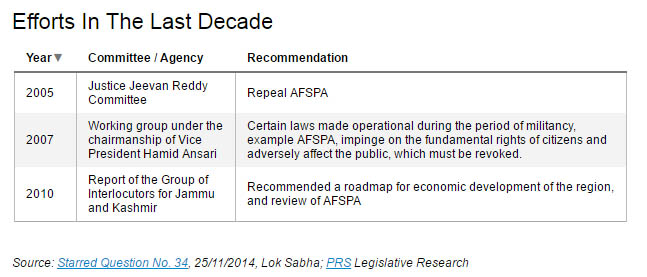Retired police Neill Franklin and Michael Wood Jr. join new TRNN producer Kwame Rose and Paul Jay to discuss the recent killings of unarmed black men and police officers

PAUL JAY, SENIOR EDITOR, TRNN: Welcome to the Real News Network. I'm Paul Jay in Baltimore.
On Monday night at the Republican National Convention in Cleveland, the face of American policing as presented by the Republican Party was Sheriff David Clarke. He's the sheriff of Milwaukee County. Here's a little bit of what he had to say there.
DAVID CLARKE: What we witnessed in Ferguson and Baltimore and Baton Rouge was a collapse of the social order. So many of the actions of the Occupy movement and Black Lives Matter transcends peaceful protest, and violates the code of conduct we rely on. I call it anarchy.
JAY: That was Sheriff David Clarke at the Republican Convention. Now joining us to discuss Sheriff Clarke, and more broadly the reaction of American policing to the recent shootings, first of all, from Baltimore is Michael Wood, Jr. He's a former sergeant for the Baltimore police department. Is now a national leader on civil-led police reform.
Also joining us from Baltimore is Neill Franklin. Neill's the executive director of Law Enforcement Against Prohibition, otherwise known as LEAP. He's a 33-year-old police veteran who led multi-jurisdictional, anti-narcotics task forces for the Maryland state police, and ran training centers for the Baltimore police department and the Maryland state police.
And also in Baltimore joining us is Kwame Rose. Kwame has been an activist. He's a defendant now in a First Amendment trial against the Baltimore sheriff department, and he's just begun as a producer at the Real News Network. Thanks so much for joining us.
Now, Neill, let me start with you. First of all, before we get started, let me show you one more clip of David Clarke being interviewed on CNN. Let's roll that.
CLARKE: First of all, this whole anti-police rhetoric is based on a lie. There is no data. And you know this. There is no data, there is no research, that proves any of that nonsense. None. Even–.
SPEAKER: You have to be more specific about what data and what nonsense you're talking about.
CLARKE: That law enforcement officers treat black males different than white males in policing in these urban centers.
SPEAKER: There is data that supports it.
CLARKE: There is not data.
JAY: So, Neill, do you think that Sheriff Clarke is speaking for a broad section of police public opinion? And what do you make of the remark?
NEILL FRANKLIN: I sure hope not, because if he were we would be in far more trouble than what we're currently in in this country regarding policing.
I don't know, maybe I've been asleep over the past few decades or whatever, but I've never known policing in this country to be anything other than treating blacks different than white. And here's my point. Historically in this country we've had a problem with policing and race. I mean, you only have to go back as far as the 1950s and '60s, and internally in policing black people couldn't even drive police cars. You know, you couldn't even get jobs in some police departments. And it's only been recent that we've been able to do that.
Internally in policing we still have a lot of racial issues and concerns, to where black embers of policing had to form their own organizations in order to feel like they were getting a fair shake, and in many cases had to sue police departments. If we're having these problems internally in policing, I mean, how can he sit there and say we're not having them in our communities, which we are? Blacks are arrested at higher rates, convicted at higher rates, and sentenced at higher rates than their white counterparts. And there's plenty of data to indicate that.
And I'll end my initial comment with this, Paul. One piece of data that needs to be collected and analyzed, which we haven't done yet, at least not to my knowledge, is the times that plainclothes black police officers are either fired upon or mistreated–but I say mainly fired upon, and in many cases, unfortunately, killed by their counterparts. New York City has had this problem. We've had it here in Baltimore City. And when–and I can't remember recently any cases involving white plainclothes officers who were killed by friendly fire. I know there are probably one or two out there. But when you compare that number to the number of black plainclothes police officers that are either fired upon, friendly fire by their counterparts compared to whites–I mean, it is a significant difference. And we need to collect that data and analyze that data. That way people cannot say that, well, it was criminal activity going on, or this person was doing this, that, and the other. It's one of your counterparts. And I guarantee that data's going to show something very important.
JAY: Are you suggesting that they actually know that they're plainclothes? Or that they're shooting at them because they're black men and they turn out to be undercover cops?
FRANKLIN: Because they're black and they turn out to be undercover cops wearing plainclothes. That's a clear indication that we in policing, unfortunately–and don't get me wrong, I'm not saying that all of this is intentional. It's just that we view blacks different. And not just in policing in this country, but unfortunately we as a people in this country view the black male differently. We view the black male as a danger to society, and that's because of the rhetoric that we have been fed over the past few decades in this country.
Even in the Nixon administration, John Ehrlichman spoke about this. John was one of Nixon's closest aides, and when he got out of prison for Watergate he spoke about this, that it was a plan for the Nixon administration in dealing with the Vietnam War protesters and in dealing with the civil rights movement, to vilify them by using, for instance, the war on drugs. You can't go after the protesters for the First Amendment rights, you can't go after the civil rights folks for being black anymore. So we go after them for what they do, hence the war on drugs. And we'll vilify them on late night TV. And that's what we've done in this country, and that's why we have some of the problems that we have.
JAY: And just one more quick question to you, Neill. I have heard in Baltimore the black cops in the past–and I don't know if it's still true–have been told they can't arrest white people in the more wealthy, well-to-do white neighborhoods. Is that true?
FRANKLIN: Well, I don't think you're going to see–whether you're black or white–see, when you're in policing, for the most part, the main color is blue. And we do not go into Guilford or Roland Park and police the way that we do in other parts of the city. I guarantee you, no police officer is going to take a drug dog into any of those communities and start scanning cars along the street, which is perfectly legal to do. And I guarantee you, you'll find a lot of drugs if you do that.
JAY: Michael, you were a Baltimore cop. And Baltimore is one of the police forces that's been accused of having a particularly violent and even racist culture. What do you make of the reaction of police–and maybe Clarke is a more exaggerated reaction. But does he speak for a lot of cops across the country?
MICHAEL WOOD: Well, I mean, I'm not even going to say that I speak for cops across the country. I mean, I have my own nuanced views. But Sheriff Clarke is a contradiction to his own statement within himself. The only reason he's infamous is because he's a black sheriff that's been elected in a white county, and because that's so damn rare. So why he doesn't see that as standing on the surface is preposterous.
And then to go on to say that the only people in this country that truly care about black lives are the police. It's not the victims, it's not–it's not the people that feel like they're under tyrannical pressure from an oppressive police regime. It's the cops that actually do it. The ones that retort with blue lives matter, and have disproportionate killing of black men. I don't know, why people can even take him seriously is completely preposterous. I don't even like the idea of giving his statements any credibility. There's no science, there's no data, there's no nothing that's coming out of him other than rhetoric because that's what gets him elected in a racist white neighborhood. [Say it.]
JAY: But his reaction that this is an unfair vilification of police, that they do go into very dangerous situations and that to target police as the problem is creating an atmosphere that somehow justifies these attacks on cops, what do you make of that?
WOOD: Nobody is vilifying policing in a broad perspective. They're vilifying police brutality and things like doing regressive taxation on poor communities, and the system of bail, and disproportionate killing. Nobody is going out there and saying that we are anti-police in any of these movements. What we are saying is anti-police brutality. So we're not criticizing police. We're criticizing police tactics, and the implicit bias, and the things that go through that we don't recognize and take care of how that affects communities, especially marginalized communities.
So like, what he's saying is completely without merit. It's like, he may as well be arguing that the Earth is flat. I don't know, how do you have a logical argument with somebody with such a position?
JAY: A week, week and a half before the convention, President Obama spoke about the shootings of police in Dallas. And it was a bit of a defense of the police, but also a bit of a critique of the Black Lives Matter movement, and not certainly the way Clarke did. Here's what Obama said.
BARACK OBAMA: And then we tell the police: you're a social worker. You're the parent. You're the teacher. You're the drug counselor. We tell them to keep those neighborhoods in check at all costs, and do so without causing any political blowback or inconvenience. Don't make a mistake that might disturb our own peace of mind. And then we feign surprise when periodically the tensions boil over.
We know those things to be true. They've been true for a long time. We know it. Police, you know it. Protesters, you know it. You know how dangerous some of the communities where these police officers serve are. We pretend as if there's no context. These things we know to be true. And if we cannot even talk about these things, if we cannot talk honestly and openly, not just in the comfort of our own service, but with those who look different than us, or bring a different perspective, then we will never break this dangerous cycle.
In the end, it's not about finding policies that work. It's about forging consensus. And fighting cynicism. And finding the will to make change.
JAY: Kwame, how do you respond to President Obama? It's kind of the other side of the argument, or a softer delivery of the argument of Clarke's. But the, the point of, one, the police are in very difficult circumstances, I think is true. You can't, I don't know how one can argue with that, that they have to police in areas where there's long-term chronic poverty. And two, I'm interested, his last sentence. It's not about policies that work, it's about having will. How do you respond, Kwame?
KWAME ROSE: You know, I think that the President's comments were made on the assumption, and in the suggestion, that Black Lives Matter activists, as well as the police, should be willing to meet in the middle and walk away with solutions. But I think for you to make a statement like that you would have to assume that the police want to change.
And what's very, very frightening is that a lot of police officers feel a certain type of way that reflects what Sheriff Clarke said. You don't have enough police officers speaking up saying that what we have done in the past is wrong. What happened to the victims of police brutality that have led to people marching in the street, that was wrong. Not enough police officers have stood up. But what you do have is a lot of police officers standing up and saying, well, y'all shouldn't be protesting us because we're all not bad, when you won't speak up yourself against the bad individuals.
JAY: But, Kwame, I think part of what Obama's saying–although personally I don't think he actually gets to a solution that's meaningful–but he's partly chiding Black Lives Matter for not being aware enough of the difficult situation that the police are in, and that–.
But I think there's another piece to this which Obama doesn't say, which is that it's the police, police within the set of a legal framework, that reinforces the chronic poverty that creates such a dangerous situation. And when, at the end when he says it's not about policies that work, it's about just having the will, well, no. It is about policies in whose interest. And if you have economic policies that don't do anything to alleviate the poverty, then this is just a question of some psychological hangup everybody has, and if they could just get over it.
ROSE: Yeah, exactly. I mean, in areas that are predominantly black and poverty is predominant in those areas, you have a lot of police officers. So the root cause is not the fact that they're police officers. The root cause, ultimately, is the fact that there's not opportunity, economic investment, or education investment in those areas. Police are just sent there as kind of the scapegoat to basically babysit poor black people.
And so, I don't think Obama ever addresses the fact that you have to have effective solutions and ulterior methods of investment into these communities, which ultimately will limit police violence, police brutality. Because the more opportunity individuals inside of communities where poverty is high, the more opportunity is presented to those individuals, the less crime actually happens, the less of a need there is for police.
JAY: Neill, you've done training–and I'm not suggesting you did, necessarily, what I'm about to say. But when you go to boot camp for the army, for the Marines, we've interviewed soldiers who have been through this. One of the things you get trained to do is, obviously, be willing to live with killing people. You're going to go into a war zone and you're going to be shot at. You're going to have to shoot back. We've–I've interviewed Marines who were in boot camp where they actually had to go through exercises where they–in returning fire, they might have to be willing to shoot women and children. And if you weren't able to, you didn't actually pass the test.
But it seems to me the, our society, and certainly the elites that have power in our society, they need and want police forces with a culture that will use force, and lethal force, if necessary, because they don't really want to do anything about the fundamental social conditions. So you gotta, you gotta contain it.
We had someone working at the Real News whose father was a cop, and we had this discussion with him once. And he said, you know, you've got a choice. You want your police forces to hand out flowers, or you want them to be a hammer? And it's pretty clear we're being told to be the hammer. So I mean–the culture of this use of force that, yes, sometimes goes too far–but the culture itself, isn't that what police departments are actually being asked to be?
FRANKLIN: It certainly appears that way. Now, in training, you know, unlike what you explained, we teach from a defense posture, not an offensive posture. So even, even our, some of our courses, like defensive tactics–so it's about defense, primarily, not so much about offense.
But the things that we're seeing–and this is even related to the policy piece–and what we're asking our police officers to do is culturally putting them in a place of being offensive. Of taking a posture of, which appears to be, I'm going to shoot first. You know, my life is more important, so I'm going to be offensive in order to survive. But that's not, at least where I was in training and what I was doing with the Maryland state police and Baltimore City, again, we were teaching folks how to make good judgment decisions. And we were integrating them, doing our best to integrate them with the community. Because we were bringing so many people from outside of the community, which is also extremely important.
But let me end with this: that that policy piece, when you referred to the president, you know, him saying it's not about so much about the policy. It's about the will for consensus and to work. The policy is central to this, because the policies regarding economics and dire conditions within poor communities–economics, health, education, and that whole long list of policies–including policies like the war on drugs drug prohibition that creates this conflict among the citizens who are poor and trying to make money by selling drugs and becoming a member of this crew or that crew or that gang, which leads to conflict and shootings and then retaliation from there. Making our communities more dangerous.
It is so much about all of these policies that separate us, preventing the consensus from occurring, and literally draining the will out of people to move in a better direction and position. So it is so much about policy, I say first and foremost, before we can get to a place of consensus-building and instilling the will in people to move in the right direction on all sides of this.
JAY: Michael, I talked to a friend of ours, a cop. He's very progressive politically. I believe he would have voted for Bernie Sanders. He's against NAFTA, he's against inequality, he would support all kinds of reforms that would weaken the concentration of ownership and power of the billionaire class, and so on. On issue after issue he would be very progressive internationally, against the Iraq War, so on and so on.
But he–and he's still an active cop. He was feeling very defensive about the critique coming from Black Lives Matter, from the point of view that it is about the social conditions. It is about the chronic poverty. It's about who runs the society and who has real power. And to have so much focus on the police as the enemy, which in his opinion was happening in the city he's in. That was unfair, and it was kind of, you know–he was even arguing that the number, you know, with the number of cases police have to deal with every year, you know, the tens of thousands of cases, that the number of people that get shot or killed is actually a small number. The number of killings that we've seen that seem completely unjustified, these killings that we see on videotape from time to time, while completely unacceptable, he would argue, is still a rather small number.
And even he's feeling defensive about this sort of broad–what he sees attack on cops. What do you make of that?
WOOD: Well, the first thing I have to make of that, Paul, is that there's about 50 things in there to unpack. And I'm never going to be able to do that in this quick snippet of an answer, here.
But I have to go back real quick to what President Obama said. I didn't hear that before, and I found that really striking. His statement to keep those neighborhoods in check sounds a hell of a lot like bring them to heel. I don't see the difference in that. And then he's acting like we should–the answer is to protect the cops more, instead of actually solving the problems that make a dangerous community. That doesn't make any sense. And the policy issue–I am not the only scholar that works on policy issue day in and day out on how to solve these problems. There's tons of scholars working on policy issues.
And like Neill was just saying, the drug war is a primary one. It's what got us into this problem, so it takes policy to get us out. As a manager one thing that I say is I'm concerned with human behaviors. So I can't control what people think. I'm not going to be able to solve racism, and I'm not going to be able to change our culture, but I am going to be able to put in policies that regulate and put checks and balances on what is implicit bias and human nature and things like that that we have to address.
This other officer–. There's a saying that when your paycheck depends on it, like, your willful ignorance is hard to break, and your cognitive dissonance. And maybe there's a level of Stockholm syndrome, because officers are getting pressure from command to do these type of things. They're being told from somebody to go into these communities and be an occupying force to lock somebody up for the very same thing that President Obama doesn't change the policies to fix that he did himself. So he's locking up tons of black males through policies that make that officer the enemy.
So he has to understand that it feels odd, and he has power on the streets, but he's no more than a pawn in this system. The problem is is that that pawn has incredible amounts of power. So when they are acting out that power, our oath and what makes us heroes and courageous is to stand up for what is right for those neighborhoods, to protect those neighborhoods. And that's protection from policy, that we've got to look inside ourselves and take a real moral stand on what we think service means.
JAY: Kwame, similar question to you. Do you think there's some validity that amongst black activists there is too much focus on police and not enough focus on the bigger, systemic issues that create such a police force?
ROSE: No, I mean, I actually think that in a large part the rest of society kind of limits the Black Lives Matter movement, or those who believe in Black Lives Matter, to just police brutality. And from what I've experienced in meeting hundreds of people from across the country and having thousands of conversations in the last year and a half is that there are multiple people doing–trying to solve the problem multiple ways on different levels. There's people tackling the issue of lead paint poisoning in the inner cities. People who are working on the educational front. So people who are working for, who work for a [developing] front.
Because I don't think that police brutality is just the root cause of the problems and living conditions of black people in this country. And I don't think that Black Lives Matter–that is what got us into the street to protest, that is what the media talks about–but it's not the one focus of Black Lives Matter. Black Lives Matter as a movement, it's not a monolithic movement.
So even if you have individuals gathered for protesting the death of Philando Castile, it's also about protesting the neighborhood protesting the living conditions in which he might have grown up in. You know, Freddie Gray had a long rap sheet. He was killed by the police. But his long rap sheet was because he wasn't afforded the same opportunity to go to, to have adequate education, adequate health, adequate access to being able to live and go to work from 9-5.
And so I think that, no, I don't think that we're all just focusing on police brutality. I just think that the other actions of other activists just don't get as much attention.
JAY: All right. Well, this clearly is just the beginning of the conversation, and I hope to have all three of you back soon. Thanks for joining us.
And thank you for joining us on the Real news Network.
DISCLAIMER: Please note that transcripts for The Real News Network are typed from a recording of the program. TRNN cannot guarantee their complete accuracy.
Courtesy: The Real News



